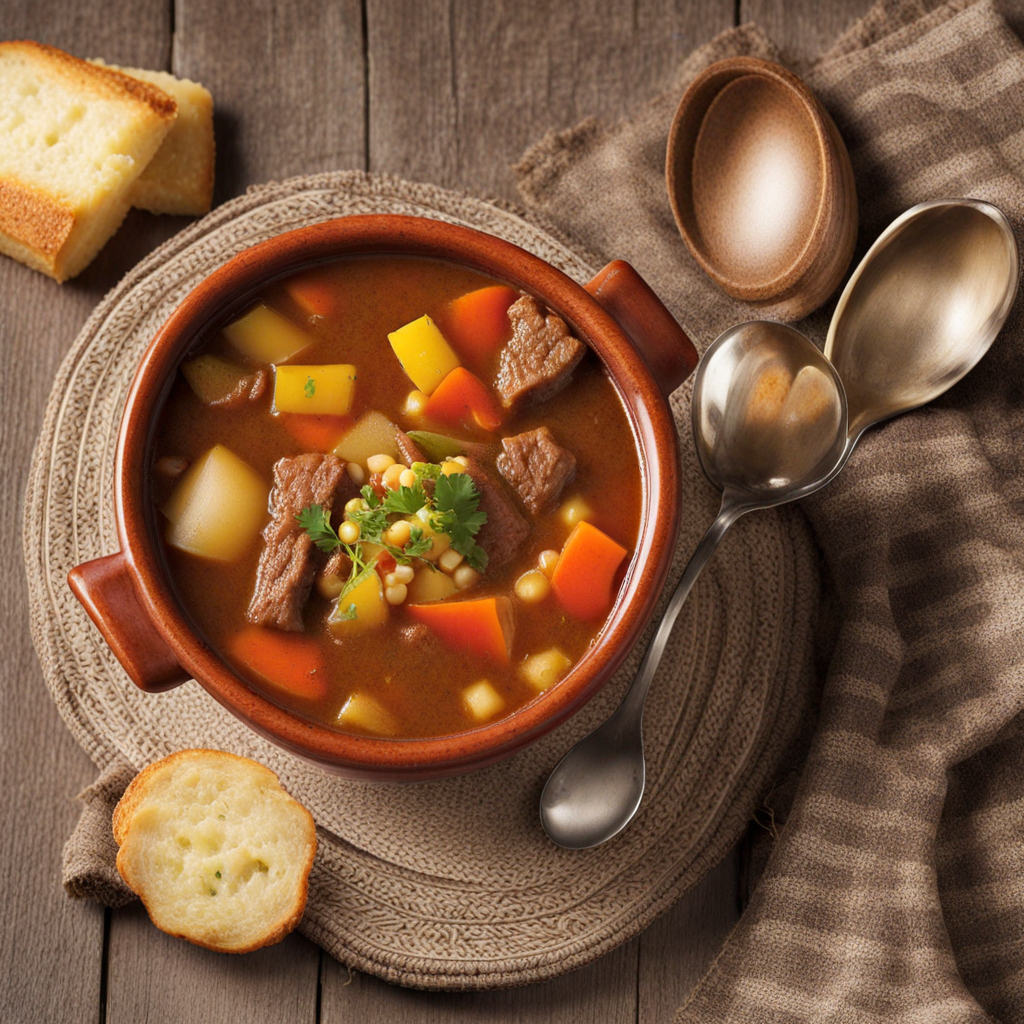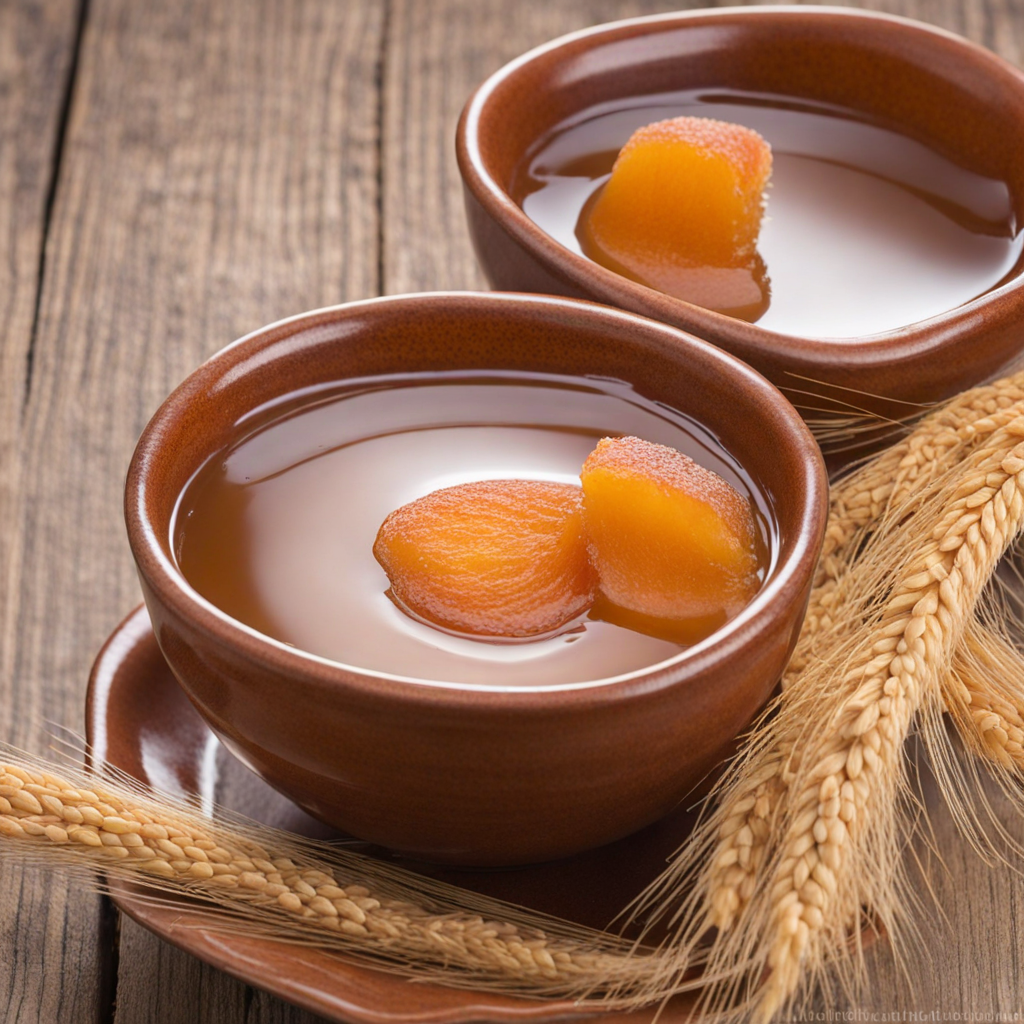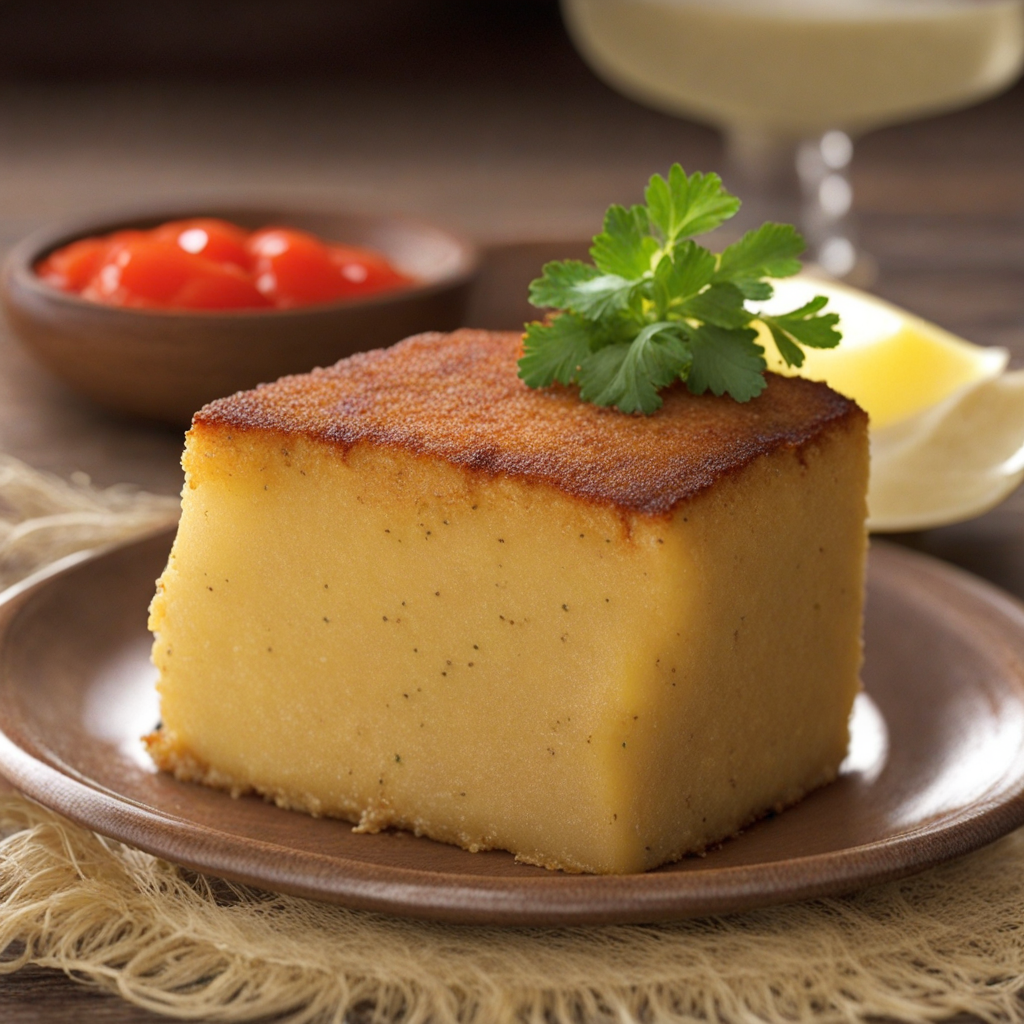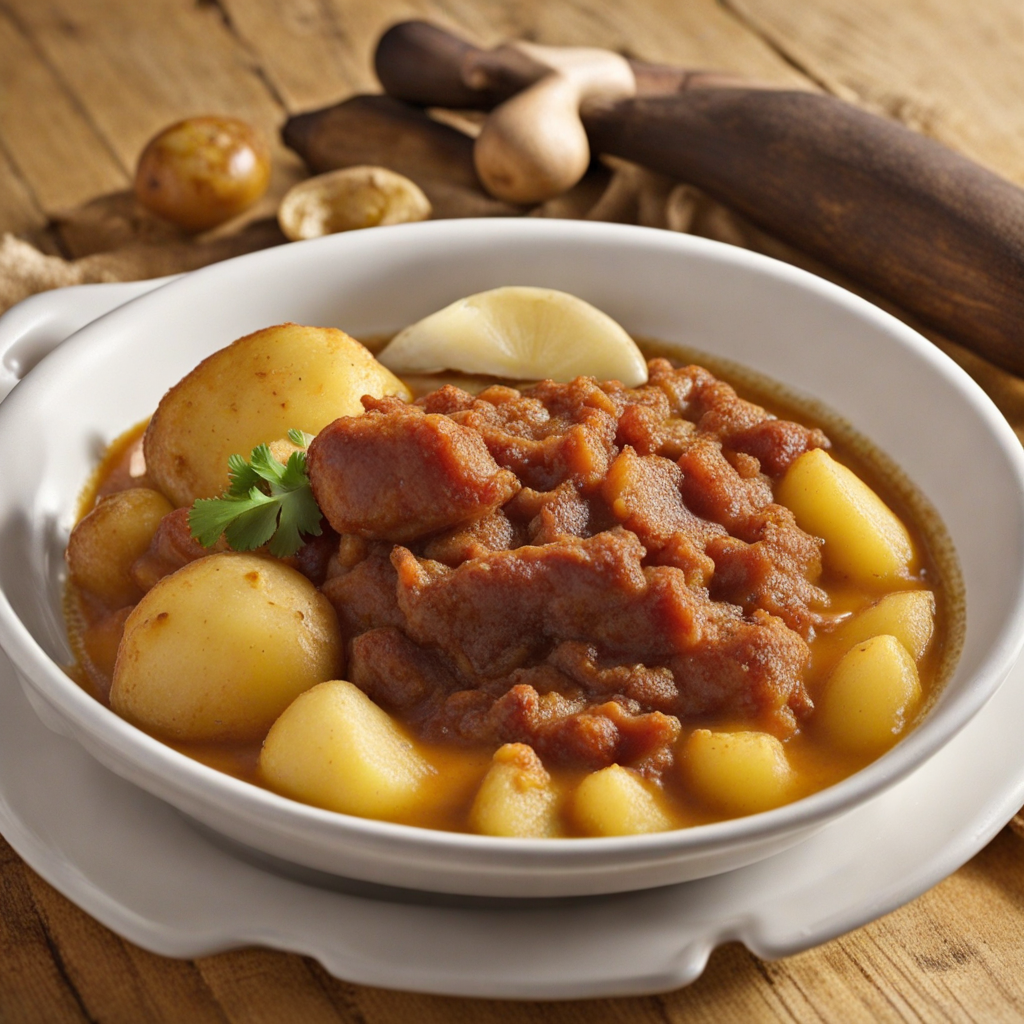Carbonada
Carbonada is a traditional Chilean stew that beautifully showcases the country’s rich culinary heritage. This hearty dish is typically made with tender beef, which is simmered to perfection alongside a medley of colorful vegetables such as carrots, potatoes, and corn. What sets Carbonada apart is its unique combination of flavors, often enhanced with aromatic herbs and spices that infuse the dish with depth and warmth. The use of fresh, local ingredients not only makes it incredibly flavorful but also reflects the region’s agricultural bounty. In addition to the core ingredients, Carbonada often includes a touch of sweetness from the addition of pumpkin or squash, which adds a creamy texture and balances the savory notes of the meat. The stew is usually enriched with a flavorful broth made from beef stock, and sometimes a splash of red wine, creating a comforting and satisfying meal that is perfect for family gatherings or chilly evenings. The vibrant colors of the vegetables make it visually appealing, inviting you to dig in and savor every bite. One of the most delightful aspects of Carbonada is its versatility; while the base recipe remains consistent, variations exist that incorporate different meats or vegetables based on personal preference or regional availability. Served with crusty bread or over a bed of rice, this dish is not just a meal, but an experience that evokes the warmth and hospitality of Chilean culture. Whether you're discovering it for the first time or revisiting it, Carbonada promises a delicious journey into the heart of Chilean cuisine.
How It Became This Dish
The History of Carbonada: A Culinary Treasure of Chile Carbonada, a hearty and comforting stew, holds a special place in the culinary landscape of Chile. Known for its rich flavors and nourishing ingredients, this dish embodies the spirit of traditional Chilean cooking, showcasing the country’s agricultural bounty and cultural influences. Its history is intertwined with the social and culinary evolution of Chile, reflecting not only the ingredients available but also the diverse cultural influences that have shaped Chilean society. #### Origins and Ingredients The term "carbonada" derives from the Spanish word "carbón," meaning coal or charcoal, which may refer to the dish's traditional cooking method over an open flame or its rustic roots associated with the coalmen of the Andes. The precise origins of carbonada are somewhat nebulous, but it is widely believed to have emerged in the 19th century, a time when Chile was undergoing significant changes, both socially and economically. Carbonada is a dish that typically features a combination of meats—often beef or lamb—alongside a variety of vegetables such as potatoes, carrots, corn, and squash. The inclusion of vegetables not only signifies the agricultural heritage of Chile but also highlights the reliance on seasonal produce that has characterized Chilean cuisine. The dish is traditionally seasoned with herbs such as oregano and served with a generous helping of broth, making it a warm and satisfying meal perfect for family gatherings or cold winter nights. #### Cultural Significance Carbonada holds a cultural significance that extends beyond mere sustenance. It is a dish that brings families together, often served at communal meals and festive occasions. In Chile, food is deeply woven into the fabric of social life, and carbonada encapsulates this ethos. The preparation of the stew often involves multiple generations, with recipes handed down from parents to children, fostering a sense of continuity and cultural identity. Over the years, carbonada has become associated with Chilean folklore and traditions. It is often featured in literature and popular media, symbolizing comfort and the warmth of home. The dish is also emblematic of the Chilean way of life—an appreciation for simple, hearty meals made from locally sourced ingredients. Many Chileans view carbonada not just as food, but as a representation of their heritage and national pride. #### Development Over Time As Chile evolved throughout the 20th century, so too did carbonada. The post-World War II era saw a significant influx of European immigrants to Chile, particularly from Italy and Germany. This immigration wave brought new culinary techniques and ingredients that influenced traditional dishes, including carbonada. The incorporation of pasta and different types of sausages into the stew reflects this blending of cultures. In the latter half of the 20th century, Chile experienced significant political and social changes, particularly during and after the Pinochet regime. These tumultuous times led to a greater emphasis on national identity and a rediscovery of traditional foods. As a result, carbonada became a symbol of resilience and a way for Chileans to reconnect with their roots amidst rapid modernization and globalization. In contemporary Chilean cuisine, carbonada has seen a revival as chefs begin to experiment with traditional recipes, incorporating modern cooking techniques and innovative presentations. Chefs are now exploring variations of the dish, using local and organic ingredients, and emphasizing sustainable practices. This evolution has allowed carbonada to maintain its relevance in the ever-changing culinary scene while still honoring its historical roots. #### Regional Variations Like many traditional dishes, carbonada has several regional variations across Chile. Each region puts its own spin on the classic recipe, adapting it to local tastes and available ingredients. In the northern regions, for instance, one might find carbonada with a twist of spices that reflect the flavors of the arid landscape, while in the south, the dish may incorporate ingredients like chuño (freeze-dried potatoes) or wild mushrooms, highlighting the lush biodiversity of the area. These regional adaptations showcase the versatility of carbonada and its ability to evolve while still remaining true to its core identity. Additionally, the increasing interest in culinary tourism has led to a resurgence in the exploration of these regional variations, allowing travelers to experience the diverse flavors of Chilean cuisine firsthand. #### Modern-Day Carbonada Today, carbonada is celebrated not only in homes but also in restaurants across Chile. It is often featured on menus as a classic comfort food, appealing to both locals and tourists alike. The dish is frequently paired with Chilean wines, particularly those from the renowned wine-producing regions of the country, enhancing the dining experience and showcasing the best of Chilean gastronomy. In recent years, there has been a growing movement toward preserving and promoting traditional Chilean dishes like carbonada. Culinary festivals and competitions celebrate these foods, raising awareness of their historical significance and encouraging younger generations to keep the traditions alive. The desire to maintain culinary heritage is a powerful force in contemporary Chile, and carbonada stands at the forefront of this movement. #### Conclusion Carbonada is more than just a stew; it is a reflection of Chile’s rich cultural tapestry, a dish that has evolved alongside the nation itself. From its humble origins to its modern-day interpretations, carbonada has remained a staple of Chilean cuisine, embodying the warmth, resilience, and creativity of the Chilean people. As culinary traditions continue to evolve, carbonada will undoubtedly remain a beloved classic—a testament to the enduring power of food to connect us to our past while nourishing our present.
You may like
Discover local flavors from Chile







